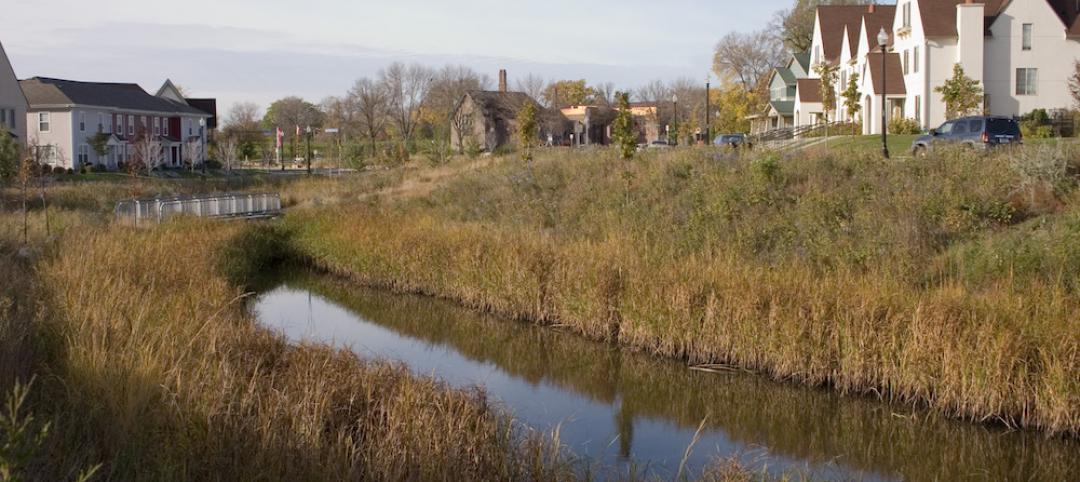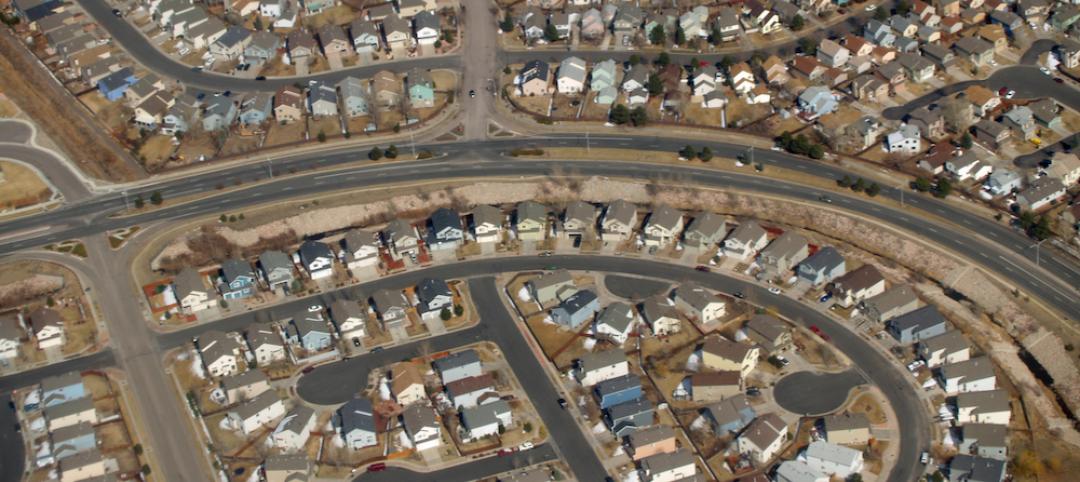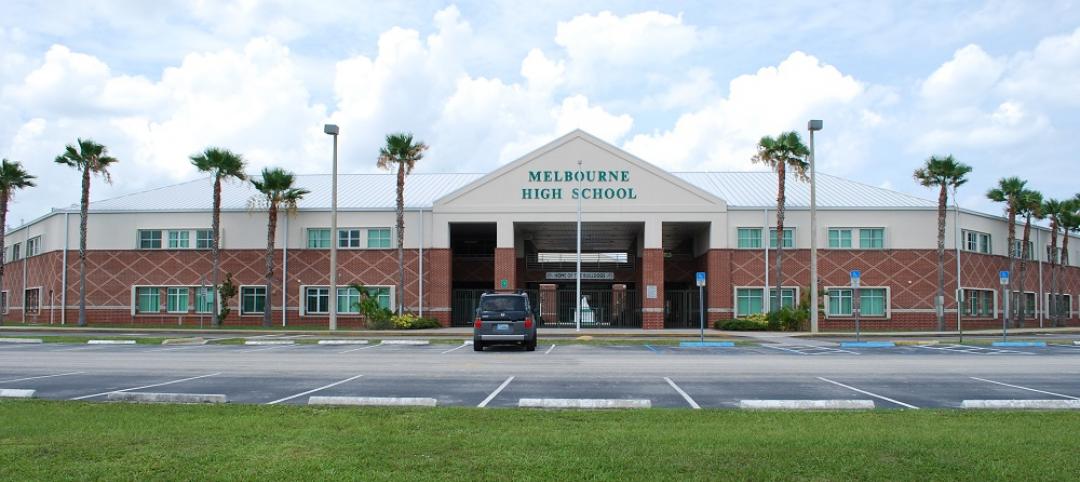The U.S. Department of Energy says that facilities that install renewable energy systems are reaping considerable savings.
Examples include:
• Retailer Best Buy installed solar panels and upgraded energy conservation to realize a cost savings of 25% over the course of four years at a site in Richfield, Minnesota.
• A rooftop solar unit at a Super 8 motel in Ukiah, California provides 60% of the electric power and 100% of the hotel’s hot water production for guestrooms and the hot tub.
• Discovery Elementary School, in Arlington County, Virginia, reports that the 97,588 sf facility operates at a 66% lower energy use intensity (EUI) compared to the district’s average.
• Suncoast Credit Union in Bushnell, Florida, upgraded its service center with solar electric systems. After its first year, the facility delivered more than 31 megawatt-hours (MWh) to the grid and used 25 MWh to become a zero-energy building.
The payback on renewables for public and institutional clients is usually 15 years or shorter. In the private sector, typical paybacks are five to seven years.
Related Stories
Codes and Standards | May 19, 2016
Asphalt roofing group publishes updated shingle installation guide
Technical manual provides best practices for roofing professionals.
Codes and Standards | May 16, 2016
EPA proposes new stormwater discharge regulations for construction sites
Would apply to sites of one or more acres.
Roofing | May 16, 2016
New guide focused on increasing energy and structural performance with raised-heel trusses
Higher trusses simplify attic ventilation, leave more space for insulation.
Codes and Standards | May 11, 2016
Current California seismic codes provide safety, resiliency, but needed upgrades present challenge
Los Angeles requires seismic retrofits, but other cities do not.
Codes and Standards | May 10, 2016
Apple spars with Cupertino, Calif., mayor over strained city infrastructure
Apple’s new ‘spaceship’ campus project prompts questions about whether the company should pay more to offset traffic woes.
Codes and Standards | May 9, 2016
Safety Stand-Down yields proposals to boost construction safety
One example: Gilbane encourages safety harnesses for all working above 6 feet.
Codes and Standards | May 9, 2016
EcoDistricts unveils sustainable neighborhood framework
Focus is on equity, resilience, and climate protection.
School Construction | May 3, 2016
Florida clamps down on school construction spending
Critics fear rules will hamper ability to build schools with desired features.
Resiliency | May 2, 2016
Connecticut to develop new code standards for resiliency
Expected more frequent severe weather events due to climate change prompts review.
Contractors | Apr 29, 2016
OSHA issues advisory to protect workers from Zika virus
Construction industry workers considered at high risk.

















